15 Things in Your Home That Are About to Become Obsolete

It was only a few decades ago that Americans could be found driving Ford Pintos, listening to 8-tracks tapes, and typing away on word processors. Today, however, those outdated technologies have been replaced by smarter, safer, and faster alternatives. And it’s not only relics of a bygone era that are rapidly going the way of the dodo—many of the household items you still use today are sure to follow suit in the near future. So if you want to get a head start on your decluttering, read on to discover which of your household staples are nearing the point of no return.
1
Alarm clocks

With an alarm clock on your smartphone, what’s the use of having one on your nightstand, too?
“Alarm clocks will be replaced by devices that auto-interact with our behavior,” says Doreen Amico-Sorrell, ASID, an interior designer with Sorrell Interiors.
2
House keys
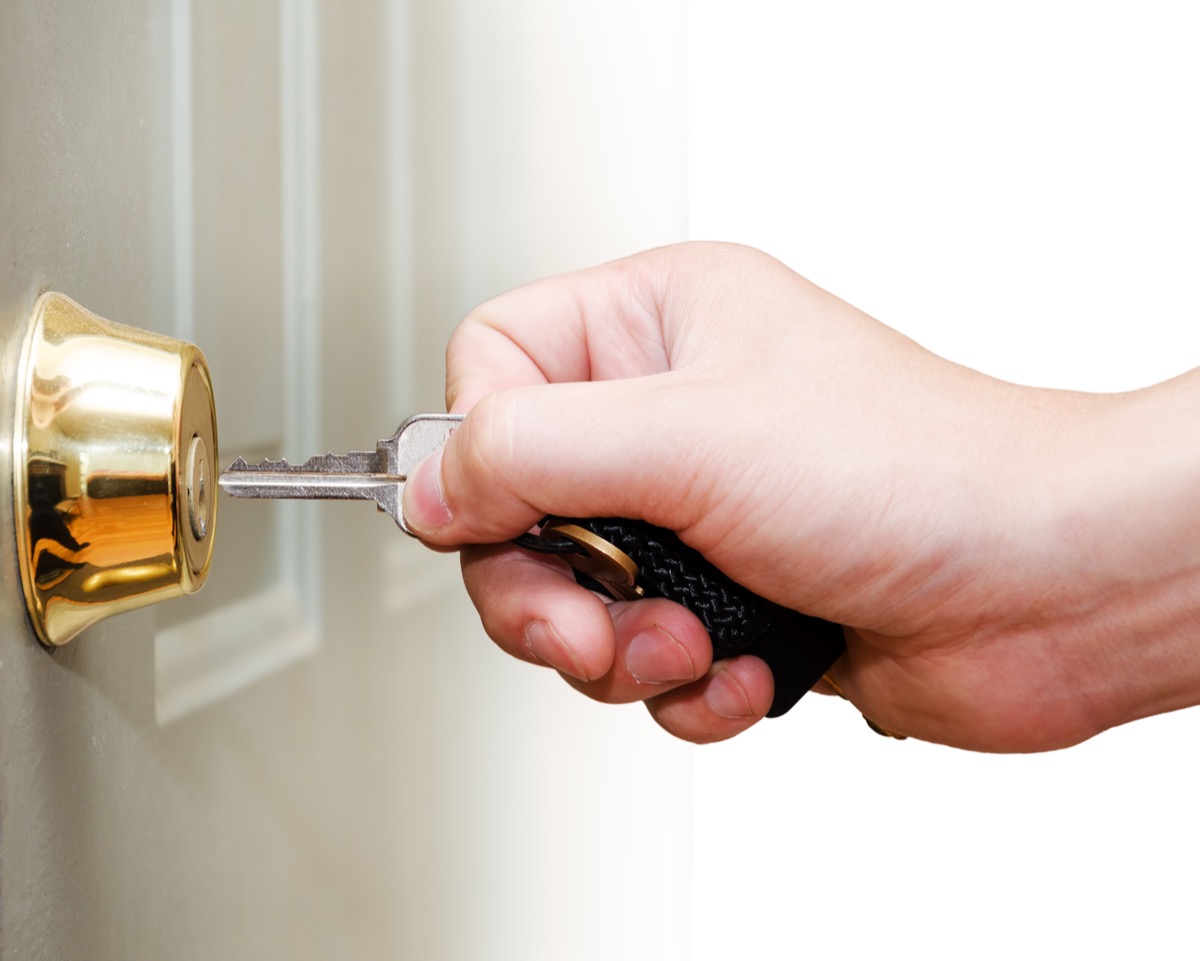
Easy to misplace, lose, or break, keys are sure to be obsolete before long.
“Without [keys], it would just be one less thing to worry about,” says Ashley Peeling, regional marketing manager at CLV Group. “More and more, we’re seeing keypads in homes.”
In fact, a 2020 report from Data Bridge Market Research reveals that the smart lock market is poised to top $2.91 billion by 2025—more than double what it was in 2013.
3
Incandescent light bulbs
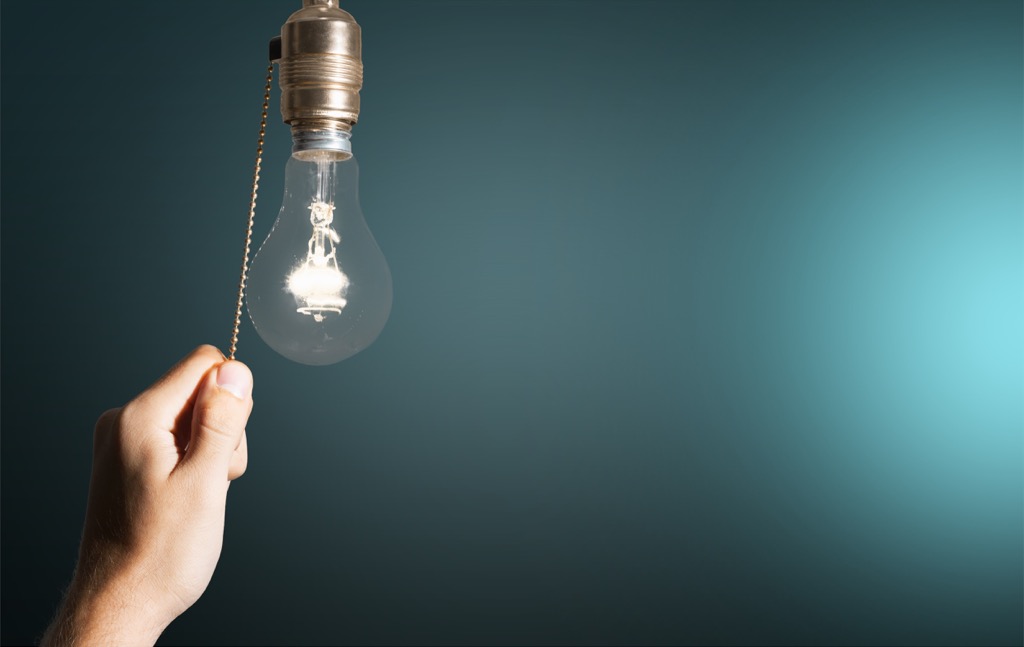
The push for more environmentally-friendly bulbs—like CFLs (compact fluorescent lamp) and LEDs (light emitting diodes)—has been going on for some time now. But you’ll still find incandescent bulbs on the shelves of virtually every hardware and home goods store in the U.S.
That said, multiple states have backed legislation calling for them to be phased out of use, and the 2007 Energy Independence and Security Act limited the production of common household incandescents, with additional regulations scheduled to take effect in 2020. In other words, their days are numbered.
4
DVD and Blu-ray players

As streaming services add more and more movies and TV shows to their lineups, the need for DVD and Blu-ray players will continue to wane until they’re entirely obsolete. And manufacturers know the end is near, made evident when Samsung confirmed to Forbes in early 2019 that it was getting out of the Blu-ray player game for good.
5
Landlines
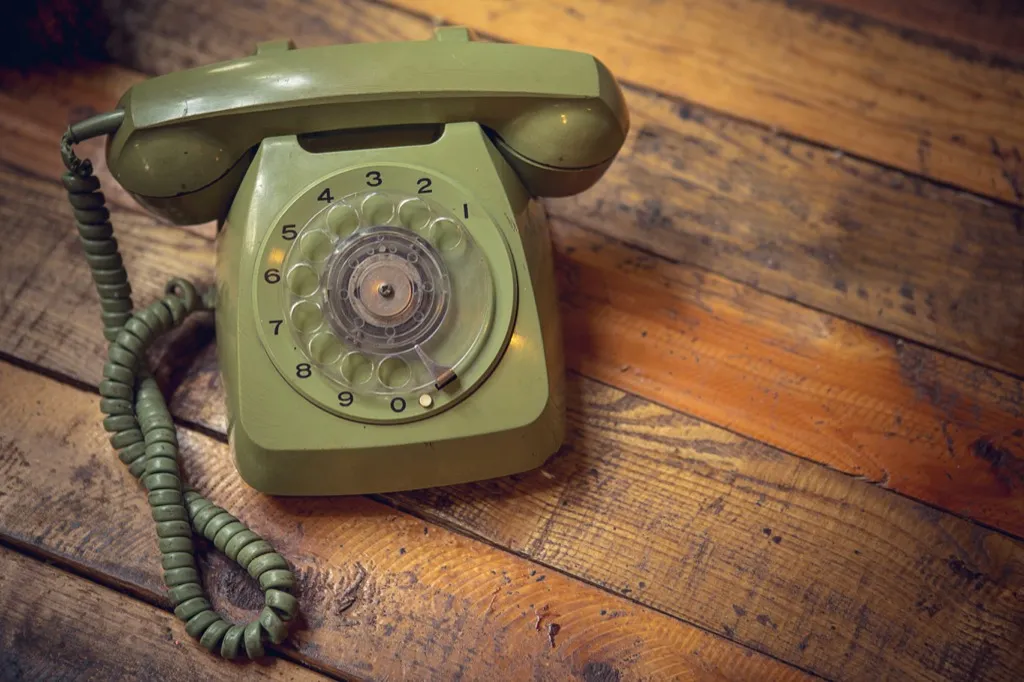
According to the Pew Research Group, 96 percent of Americans owned a cell phone as of 2019. Additionally, the National Center for Health Statistics reports that the number of U.S. adults who owned a cell phone but dit not have a landline, went from under five percent in 2003 to more than 50 percent in 2016—so it is only a matter of time before these increasingly rare communication devices are officially extinct.
6
Doorbells
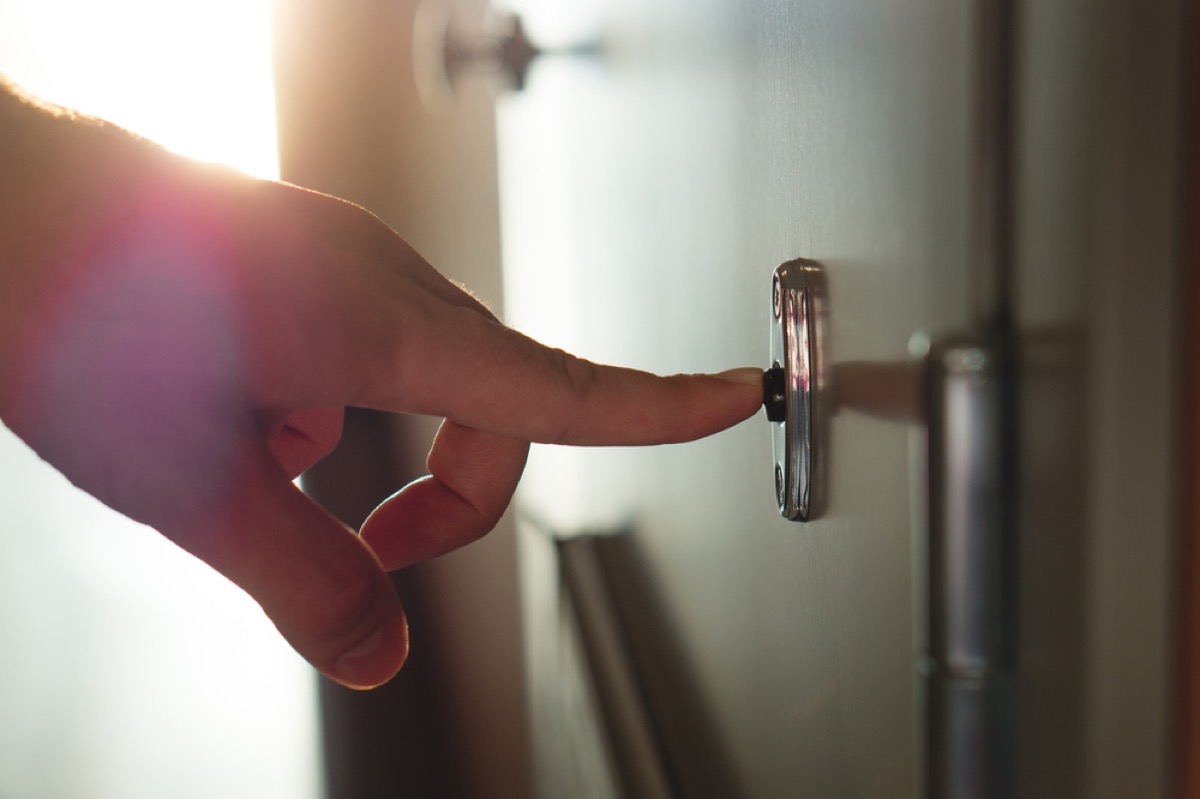
That loud, clunky chime you hear whenever your doorbell rings may soon be a thing of the past. Video doorbells don’t only give owners added security and dynamic functionality, they’re far easier to program and maintain than their hardwired counterparts. Knowing that, it’s not a huge surprise that global information firm IHS Markit says that the market for this technology is expected to see a 28-percent rise in sales growth by 2022.
7
Remote controls
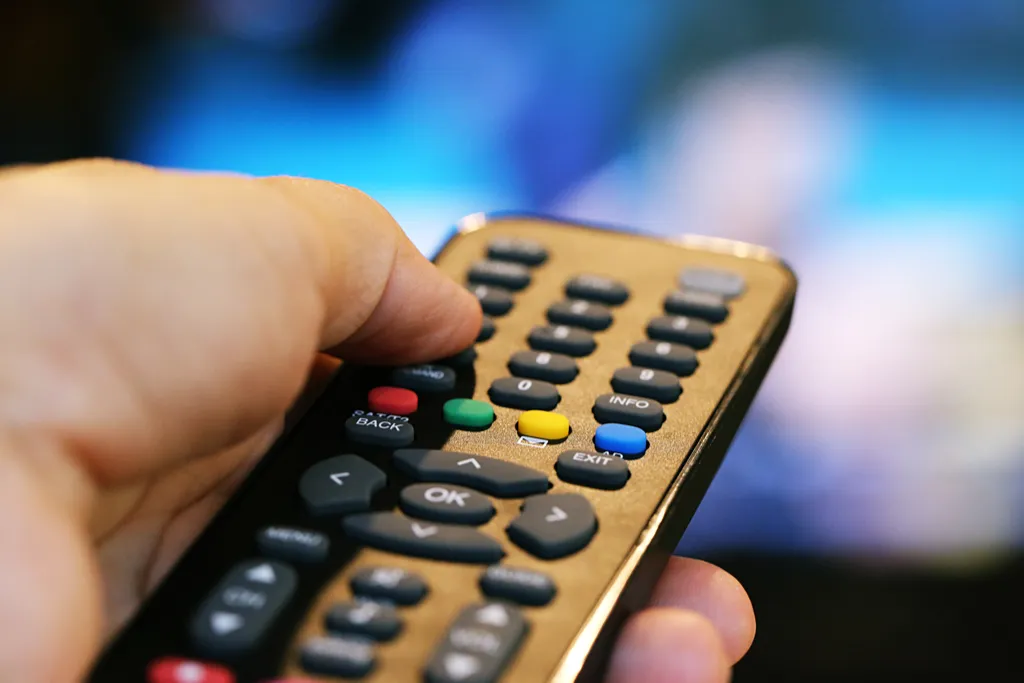
Smartphone-enabled TVs are already becoming increasingly popular—the devices’ market share jumped to 70 percent of TV shipments in 2018, according to IHS Markit. And industry experts say it won’t be long before traditional remote controls are a thing of the past.
“TV remotes are an antiquated piece of technology,” Gilles Boisselet, creative partner at UNIT9, told Forbes. “They don’t embed software. They’re ugly. And they’re unhelpfully proprietary.”
8
Charging cables
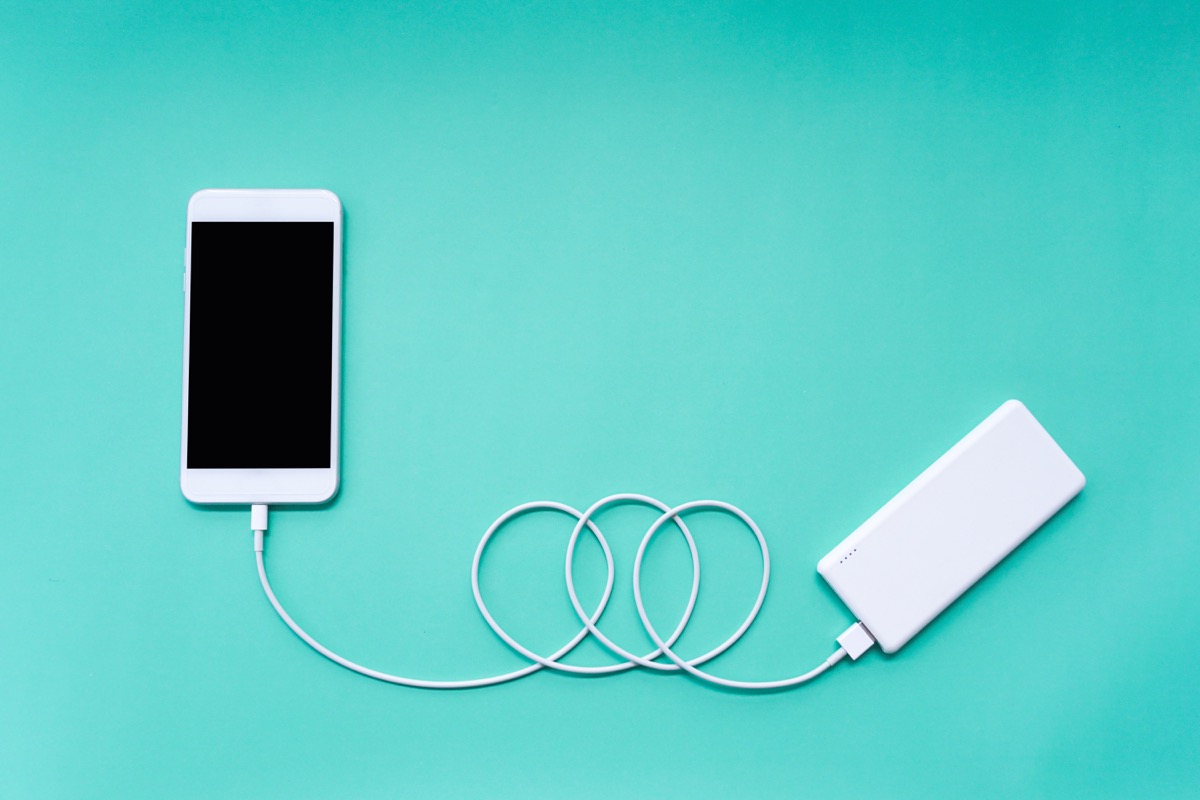
If you’re constantly replacing the charging cables for your phone, you’re not alone. Replacing a frayed lightning cable is such a ubiquitous experience that there are entire Tumblrs that act as memorials for all the fallen chords no longer with us.
With the wireless charging market poised to hit $71.21 billion by 2025, according to a 2018 report from Allied Market Research, it’s clear that the future of chargers is wireless and that the plug-in versions are likely to phase out entirely over the next several years.
9
Stereo systems
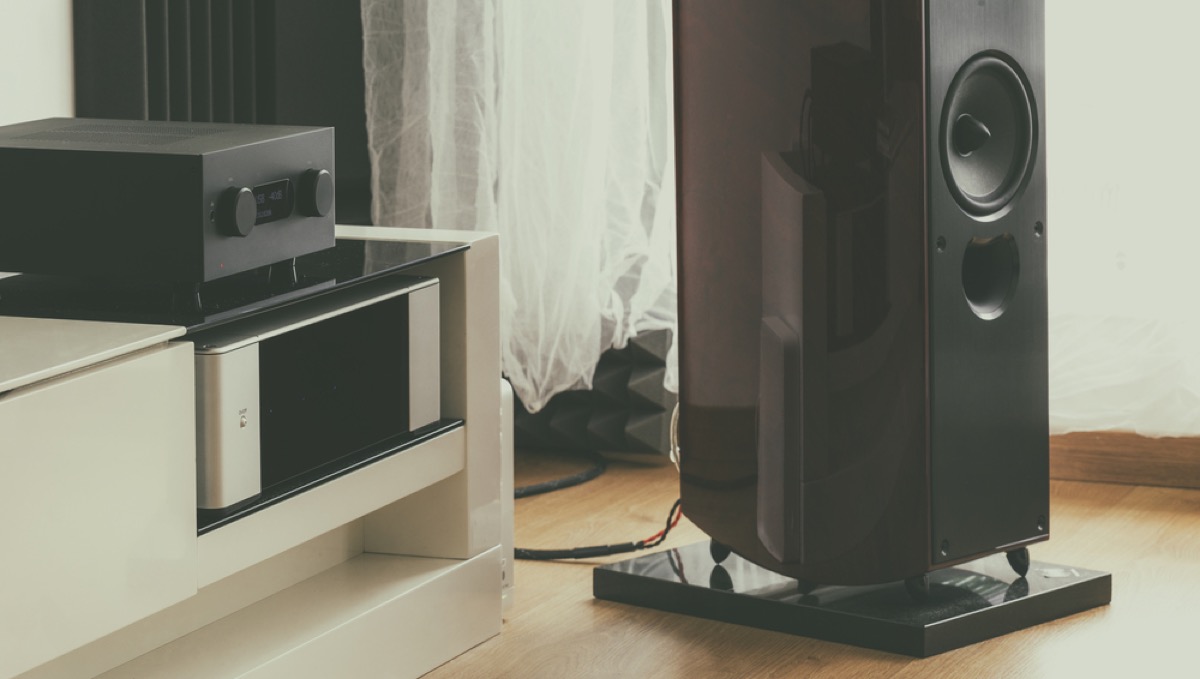
That bulky stereo system that once occupied an entire corner of your living room is a thing of the past. Bluetooth speakers—which are often a fraction of the size of their wired counterparts—have made traditional stereo systems all but obsolete. And when Pioneer, a major player in the home audio game for more than half a century, announced in 2014 that it would stop making stereo parts, it was a pretty clear indication of where things were headed in the coming years.
10
Single-use appliances

Multipurpose appliances, like the Instant Pot, have seen huge surges in popularity in recent years, The New York Times reports. One reason that’s the case is because they save money and space, both of which seem to be more and more elusive.
According to a report from RENTCafé, for example, new apartments are about five percent smaller than they were just 10 years ago. That means those bulky single-use appliances are even less desirable than ever.
11
Fax machines
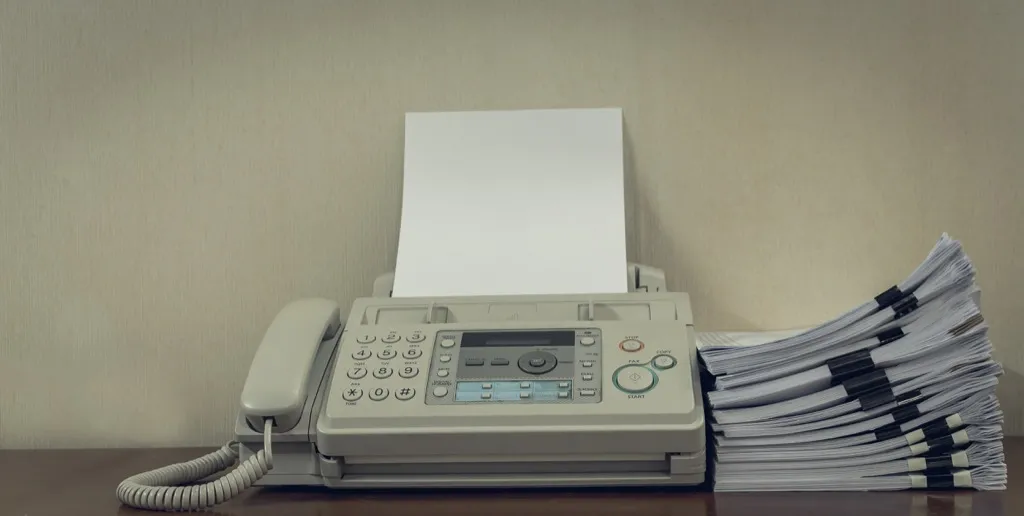
As people embrace the Marie Kondo method and eagerly ditch anything that doesn’t “spark joy,” the cumbersome and antiquated fax machine is sure to be nearing the edge of obsolescence.
They may still be a staple in countless offices, but people are using less paper in a bid for conservation, and scanning and transmitting documents by phone or computer is easier than ever.
12
Computer printers
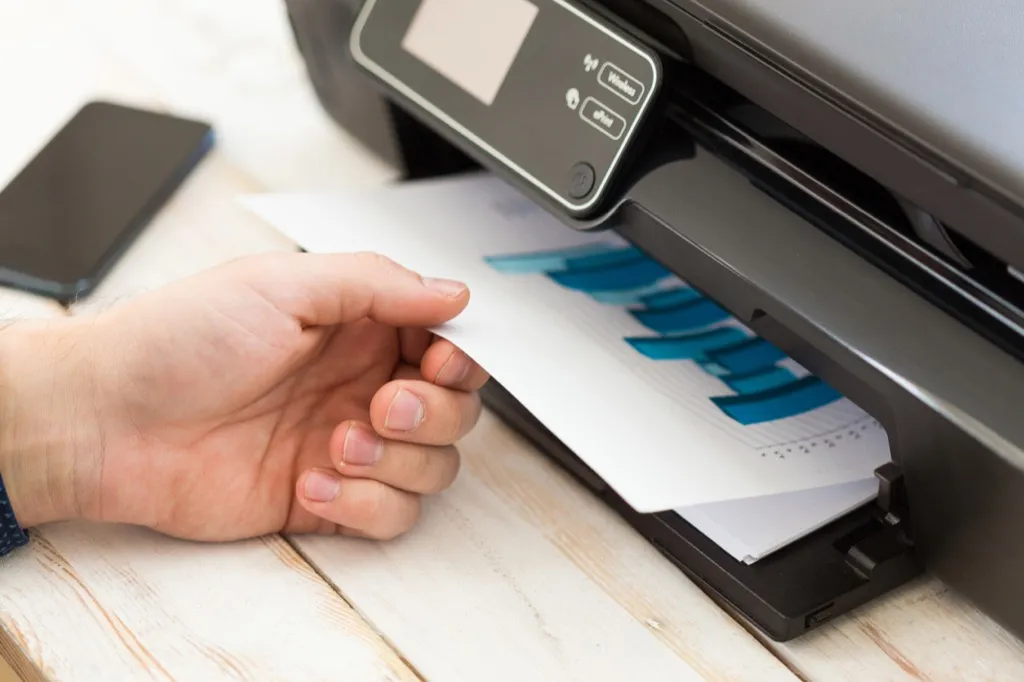
With practically all professional and personal communications done digitally these days, it won’t be long before another once-essential piece of technology says its final farewell: the computer printer.
HP, once a leader in the printing industry, has seen consumers buying less and less of what was once its staple product. In fact, the company’s sales were down $11.13 billion between 2008 and 2016.
13
Checkbooks
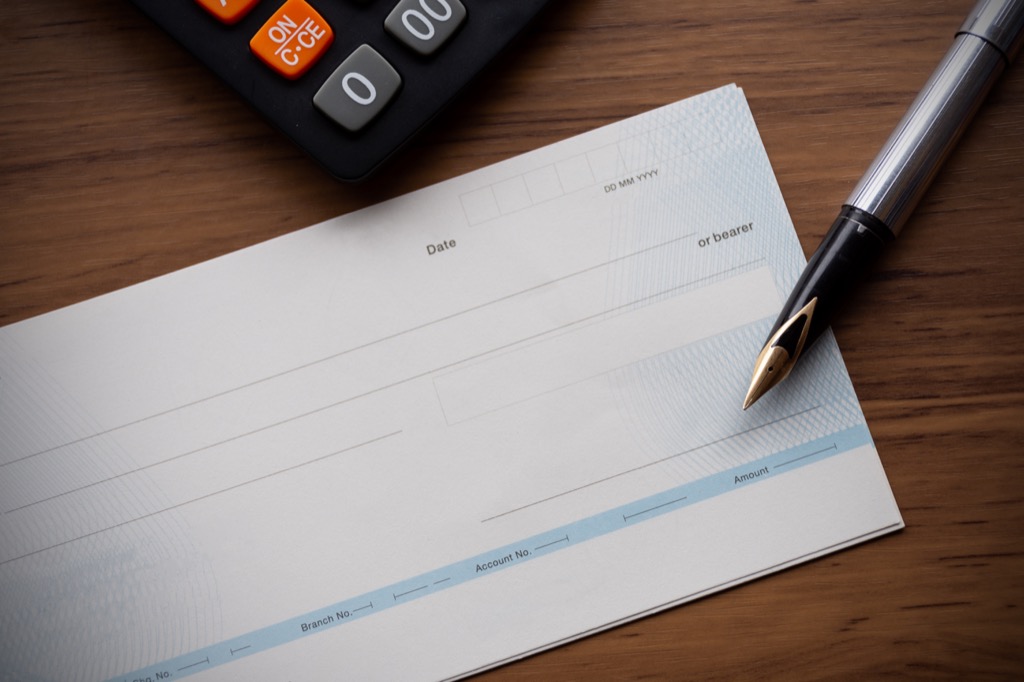
They’re easy to lose, annoying to carry, and who still even remembers how to balance one?
It’s no wonder people are are swapping their checkbooks for digital baking platforms for all their financial transactions. According to the Federal Reserve, the number of check payments in the U.S. fell by 2.5 billion between 2012 and 2015. And it’s there only likely to go down from there.
14
Vacuums
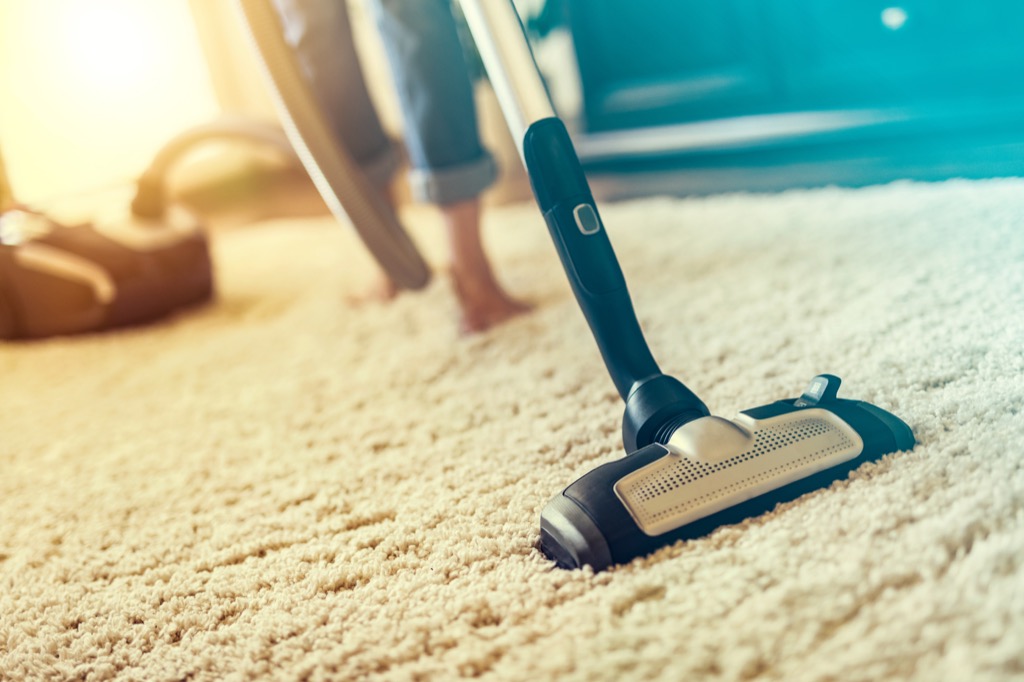
Lugging a bulky vacuum from room to room, unplugging and re-plugging it as you go, has been a headache—and backache—for decades. Finally, manufacturers are picking up on the annoyance traditional corded vacuums are causing their customers. Not only has there been an uptick in the number of companies making robot vacuums, in 2018, Dyson announced that it would cease making corded vacuums entirely.
15
TVs
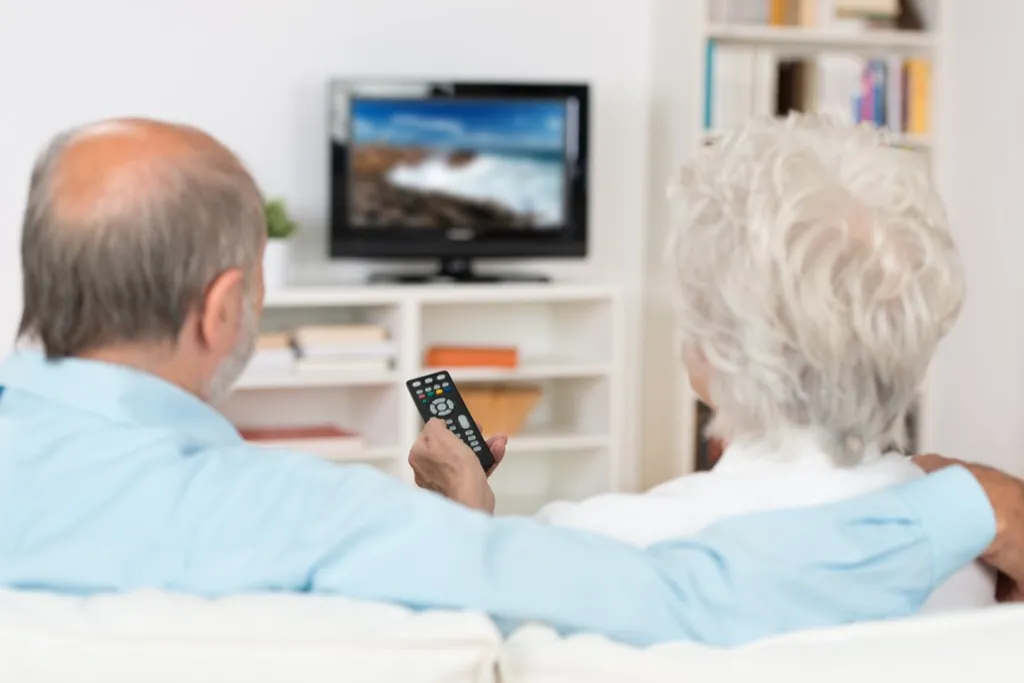
As laptops, smartphones, and tablets become lighter and more powerful, the need to have a TV at home is waning. According to the Energy Information Administration, the number of American homes with no televisions doubled between 1997 and 2015. That’s a trend that seems likely to continue.